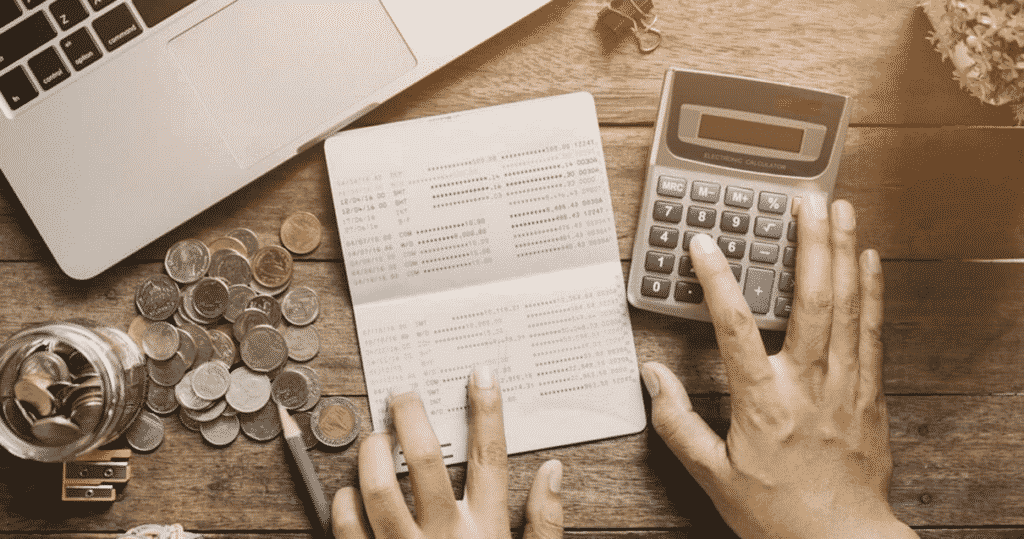
Long-term financial planning: goals, objectives, and investment instruments
Financial planning is an essential tool for achieving long-term financial stability. It is important to set clear goals and objectives in order to develop a financial plan to achieve them.
In this article, we will discuss the importance of long-term financial planning and the different investment instruments that we can use to achieve our financial goals.
Objectives of long-term financial planning
The main objective of long-term financial planning is to ensure economic and financial stability in the future. To this end, several long-term goals are set, such as:
- Saving for retirement: one of the main goals of long-term financial planning is to ensure a stable income during retirement. Therefore it is important to save an - appropriate amount to cover expenses in retirement;
- Buying real estate: Buying real estate is another common goal in long-term financial planning. This can be a house to live in or a property to generate income through renting;
- Financing education: Education is a major expense in any household. Long-term financial planning includes saving for the children's education or even for your own professional development;
- Business investment: Another goal may be to invest in one's own business or a profitable company to generate additional income and increase wealth.
In summary, long-term financial planning goals are varied and depend on personal needs and goals. However, they all have in common the ultimate goal of ensuring long-term financial and economic stability.
Objectives of long-term financial planning
The main goal of long-term financial planning is to ensure long-term financial stability. Some of the specific objectives of long-term financial planning include:
- Wealth accumulation: Long-term financial planning seeks to generate income and accumulate wealth over time;
- Comfortable retirement: Long-term financial planning also seeks to ensure a comfortable and worry-free retirement;
- Protection against unforeseen events: Long-term financial planning includes strategies to protect against unforeseen events, such as illness or accidents;
- Tax reduction: Long-term financial planning also seeks to reduce the tax burden, both now and in the future;
- Inheritance: Long-term financial planning can include strategies to ensure that assets are inherited by loved ones according to the owner's wishes.
To achieve these goals, different investment instruments can be used, such as stocks, bonds, mutual funds, real estate, and insurance.
Investment instruments for long-term financial planning
Long-term financial planning involves an investment strategy to achieve financial goals and objectives over a long-term horizon. To do this, it is important to be aware of the different investment instruments available in the market and select those that best suit our needs and risk profile.
Among the most common investment instruments for long-term financial planning are
- Mutual funds: these are collective investment vehicles that allow you to invest in a diversified portfolio of financial assets. Mutual funds can be professionally managed and offer different levels of risk and return;
- Stocks: Investing in stocks involves acquiring a proportionate share of a company's capital stock. Stocks can offer high returns, but also involve greater risk due to market volatility;
- Bonds: Bonds are securities issued by companies or governments to finance their activities. They offer a fixed return and are considered a less risky investment than stocks;
- Real Estate: Investing in real estate can be a good option for those seeking long-term passive income. However, it requires a high initial capital and involves additional costs, such as maintenance and administration;
It is important to keep in mind that each investment instrument has its own characteristics and associated risks. It is therefore advisable to diversify your investment portfolio and consult a financial advisor before making any decisions.






